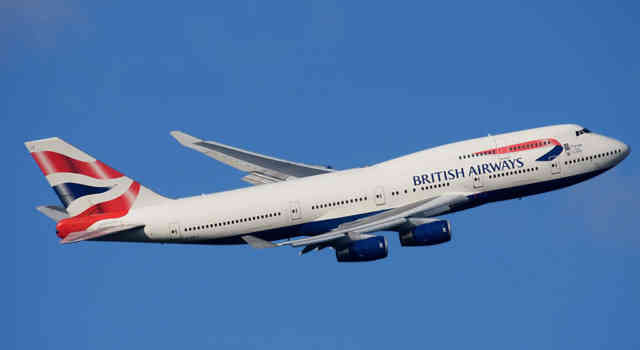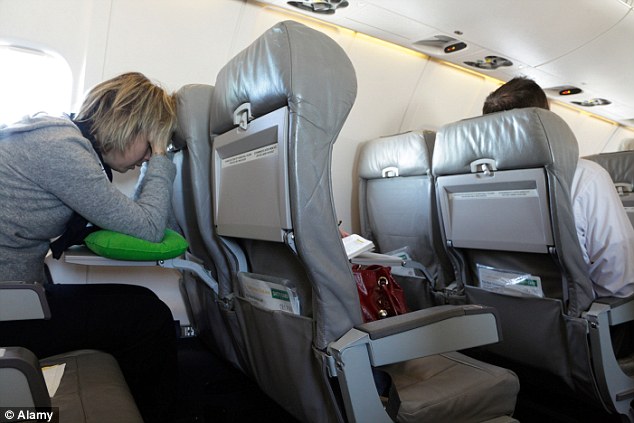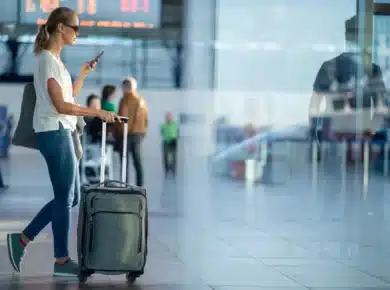Travelling somewhere far away invites a sense of excitement and adventure, but it can also be incredibly stressful. Whoever said that it's the journey that counts have probably never dealt with the big crowds, security screening, long lines, flight delays and overpriced airport food. And if you're a person in a wheelchair, the problems are even worse. The pre-travel requirements and preparation could become so stressful that it might deter you from travelling at all.
Being in a wheelchair have not stopped many people from seeing the world. Yes, it will require more preparation, but don't let these requirements hold you back from experiencing the freedom and adventure of travelling.
Here are a few handy tips and tricks to help you travel with ease and comfort while being in a wheelchair. This guide covers flying with air carriers, and all the processes involved.
Let's get you started.
TRAVELLING BY AIR
Airlines are required by law and common decency to accommodate wheelchair travellers. Some airlines forget to implement basic services that can help reduce traveller's stress and challenges, while other airlines go above and beyond to ensure you enjoy your trip as much as possible.
- Before booking your first flight, it's important that you are familiar with your rights and privileges covered by local laws regarding air carriers and wheelchair access. Being equipped with the requisite knowledge allows you to easily navigate and overcome challenges that may come your way. If possible, bring with you a copy of the respective laws.
- Request a seat with a flip-up armrest to make transferring from wheelchair to your seat easier. Some airlines designate a section for wheelchair users, so it might be helpful to call ahead and check.
- When booking a flight will multiple stops or layovers, arrange your schedule in a way that you won't be forced to rush between gates or terminals. If possible, choose a flight with a decently long connection time. This gives you ample time to transfer, as well as allowing the air carrier to reassemble your wheelchair or provide the necessary equipment to help you make your connecting flight.
- Inform the reservation and check-in agent of your additional assistive requirements. Specify the type of assistive device you use. In case the size of the aircraft door doesn't allow for entry, print out assembly and disassembly instructions for the aircraft crew. The more information you provide, the better service you will receive.
- Print out clear and easily understandable wheelchair assembly and disassembly instructions in English and the major language of your destination, if possible. Place it in a secure area or pocket of your wheelchair. Bring a copy of the wheelchair's manual with you.
- Inform the air carrier at least 48 hours before the flight if you need your wheelchair at connecting airports. The longer the warning, the better. Many air carriers provide wheelchairs for people after their personal wheelchairs have been checked in.
- At security screenings, inform the agent of your limitations and assistive requirements. Depending on the degree of your disability, you and your wheelchair might not be able to fit through the metal detector. The agents should make the necessary adjustments, and if available, opt for a pat-down instead.
- Do not let anyone lift or assist you without your permission. You know what works and what doesn't, as well as your limitations, so inform the staff of how you want to be transferred before they do so. If possible, ask for an airline staff who are trained to deal with people with assistive requirements.
- Attach an identification tag to your wheelchair. The tag must contain enough information to facilitate identification (e.g. name, mobile number, address) but not enough that your identity could be stolen.










